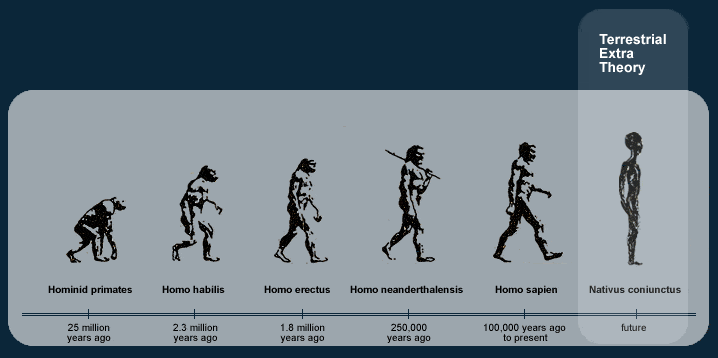Choosing a baby name that implies strength is more than just picking a baby name with the meaning “strength.” Some names suggest power, vitality, and brawn just in the way it sounds or in what people associate with it. While a name like Rose may conjure images of a pretty, fair-skinned girl with pink cheeks, the name Hilde draws an independent, outspoken warrior — probably a girl you would get angry.
Here are some other baby names you may want to consider if you’re going to choose a name that implies strength.
1. Liam
The name Liam is famous among Hollywood and just reminds you of someone who is destined for greatness. The name means “courageous defender or strong-willed” and is of Irish origin. Derived from the name William, its derivative may make you think of royalty or a knight in shining armor. But with a Liam, you should expect rebellion, energy, and strength. Famous Liams include actors Liam Neeson and Liam Fox.
2. Audrey
This name has its roots deep in English culture and belongs to actor and icon Audrey Hepburn. Though she is most associated with class and poise, she is also associated with strength and courage. Hepburn’s humanitarian acts and excellent acting skills immortalized her in cultural history. She even helped the Resistance during World War II, which took an incredible amount of courage. The name Audrey means “noble strength,” and she did right by it.
3. Arya
Contrary to what people may think, Arya is not a name that was made up for “Game of Thrones.” In Hebrew and Aramaic, it means “lioness” or “noble goddess.” Whoever heard of a weak lioness? This name is a fantastic way to capture your daughter’s strong personality.
4. Griffin
Griffin has its roots in Welsh culture and translates to “Strong Lord.” If you know your mythology, you may be familiar with the mythological creatures called griffins or gryphons. They are formidable enemies and a force to be reckoned with. Naming your child Griffin will surely make one think of a strong, healthy baby.
5. Gabriella
Gabriella literally translates to “God is my strength” and is the feminine form of the name Gabriel, an archangel of Abrahamic religions. Nicknames for Gabriella include Ella, Gabby, or Gabe.
6. Maximus
The name Maximus means “greatest” or “largest,” and it certainly sounds that way just by saying it. It conjures up images of mighty ancient Roman gladiators and emperors — and we all remember the great Magnus Maximus. Pick up a history book if you are considering naming your child Maximus, and you’ll see why it is one of the best names to choose if looking for strength.
7. Valerie
This name is more than just a name befitting for a beautiful princess; it is also the name of a princess who can save the day herself! It means “brave” in French and “strong” in English. Its masculine counterpart is Valerius, which also implies boldness and good health. Besides being a great name, the nickname for Valerie, Vale, is perfect.
8. Bernadette
Bernadette is not just your favorite character on “The Big Bang Theory,” it is also the name of someone who is “as brave as a bear.” This name is very famous in Ireland because of Saint Bernadette.
9. Ethan
This name has origins in English, French, and Hebrew. It means “firm,” “strong,” and “enduring.” Some famous Ethans who have lived up to this name include Ethan Allan, the American revolutionary, and leader of the Green Mountain Boys, and actor Ethan Hawk.
10. Andrew
Andrew is of Greek origin and means “manly,” “warrior,” or “full of strength.” From princes to commoners, Andrews have done right by their name. It has been held by three rulers of Hungary, controversial American political figure Andrew Jackson, and beloved “Toy Story” character Andy.
Conclusion
When choosing a name for strength, pick a name that also captures the baby’s personality and a name with which you can connect. Remember, a name that implies strength doesn’t have to mean strength. For instance, Rosa may not mean “strength,” but the name Rosa Parks does. Having a courageous historical figure as a namesake is just as effective as naming a child something that literally translates into a characteristic of the word strength.




